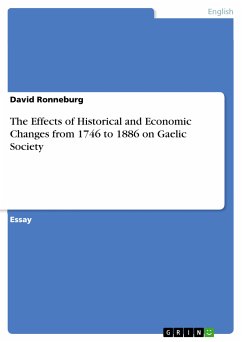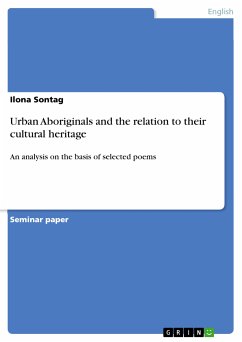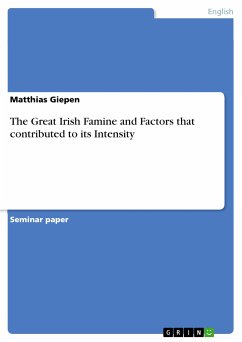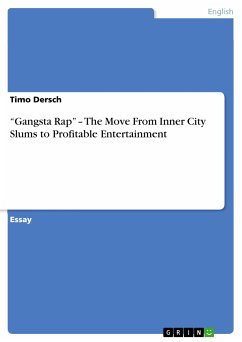Seminar paper from the year 2004 in the subject English Language and Literature Studies - Culture and Applied Geography, grade: 1,3, University of Passau (Philosophische Fakultät: Englische Kulturwissenschaften), course: Proseminar Victorian Culture and Society, language: English, abstract: John Ruskin was by no doubt the most prominent art critic of the 19th century. His works on art, architecture and, at the height of his career, social problems sparked the Arts and Crafts Movement, enlightened prominent figures, such as William Morris, and proposed a critical point of view on modern life. […] he clearly understood himself as a universal critic who, in an age of rapidly advancing differentiation and growing doubts, endeavoured to heighten the public awareness of the relation between artistic performance and social improvement […] (Kamm 2002: 9) ´This paper tries to analyse how Ruskin, through his description of the Ducal Palace in Venice, evokes a vision of a ‘Paradise for the Worker’ by instituting The Nature of Gothic as a ‘dictionary’ to an implicit “architext” (Kamm 2002: 6) in John Ruskin’s work on architecture and if he succeeds.
Bitte wählen Sie Ihr Anliegen aus.
Rechnungen
Retourenschein anfordern
Bestellstatus
Storno









